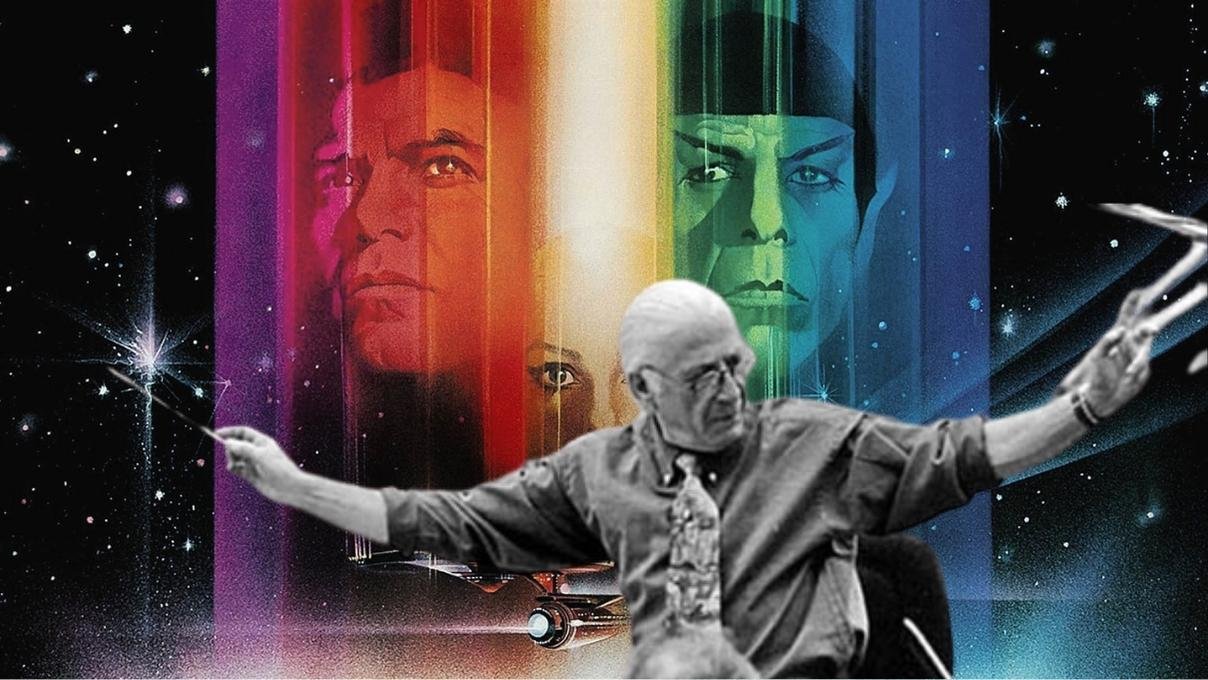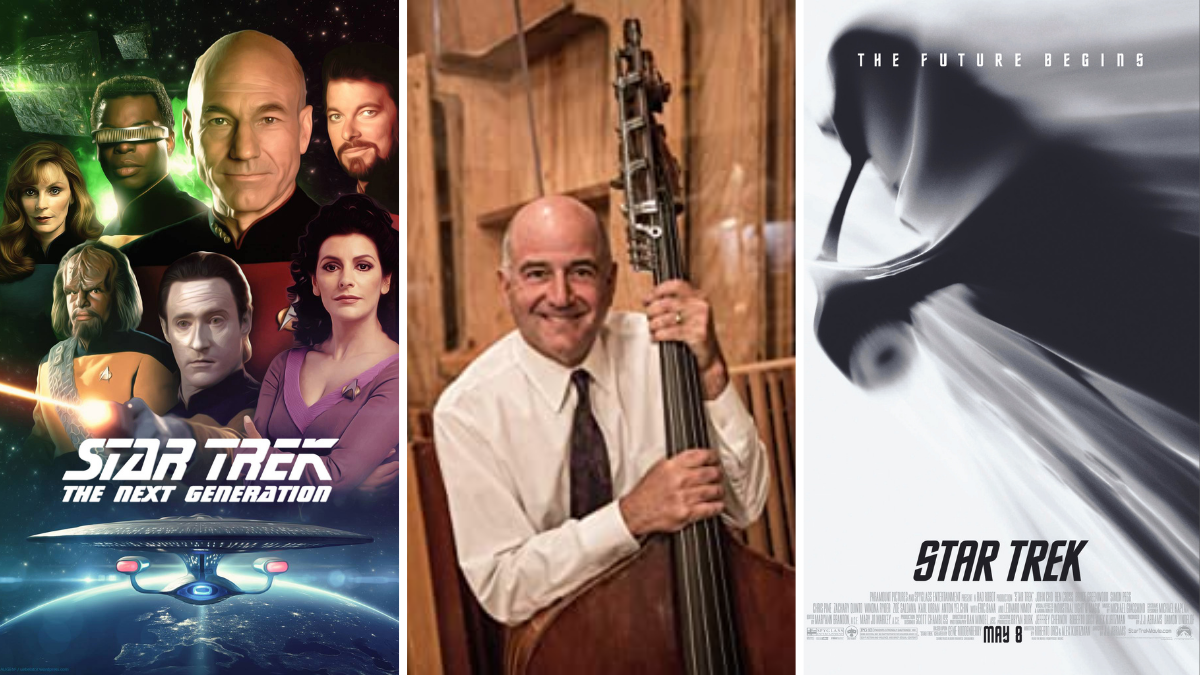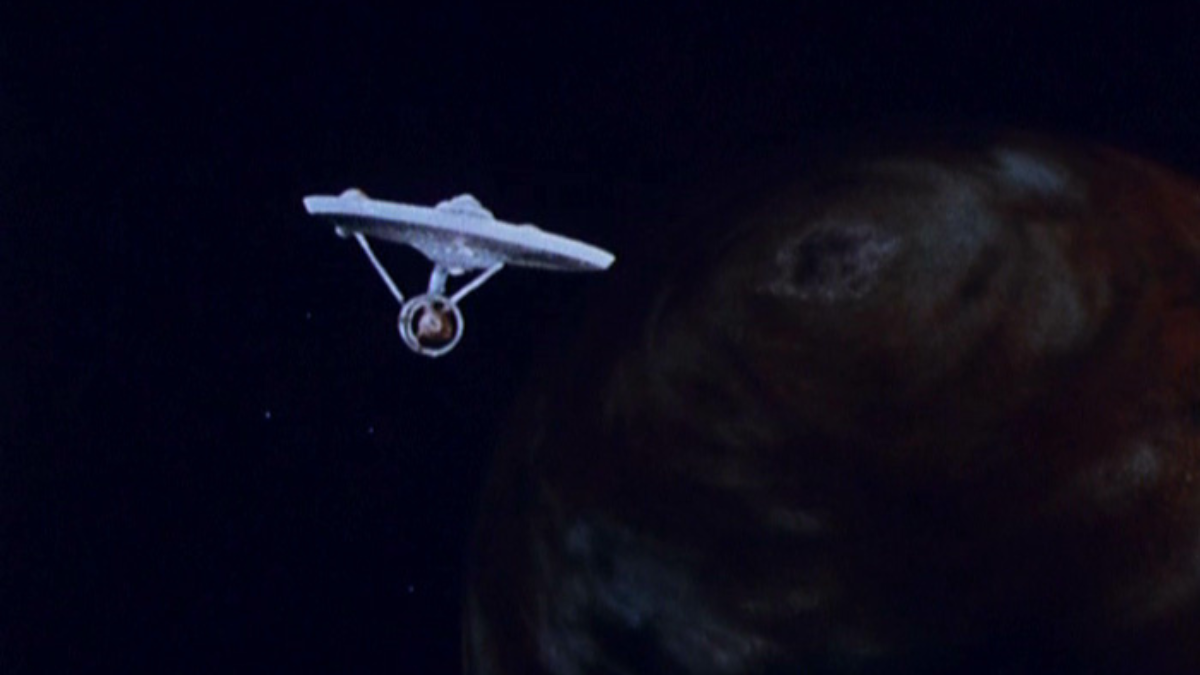Today in Star Trek History: Jerry Goldsmith finishes recording the score for Star Trek: The Motion Picture

Jerry Goldsmith, composer of Star Trek: The Motion Picture’s score Image: famouscomposers.net
The Star Trek: The Motion Picture Director’s Edition 4k UHD upgrade is set to be released on Paramount+ next year. The film, sometimes referred to as The MotionLESS Picture by its detractors, is nevertheless a spectacle that may send you into sensory overload, with some truly eye-popping visual effects for the time, most of which still hold up today, and some of the most beautiful music in the entire franchise. On November 29th, 1979 [see Editor’s note, below], 42 years ago and just days before TMP was released in theaters, Jerry Goldsmith and his orchestra finished recording the film’s score.
Gene Roddenberry had originally asked Goldsmith to score Star Trek’s original pilot episode, “The Cage,” but he had been unavailable for the project. Happily, the composer was free for the first film in the franchise and when Robert Wise was hired to direct it, he enthusiastically signed off on bringing Goldsmith aboard.
Famously, Roddenberry’s vision for Star Trek was as a “Wagon Train to the stars,” a reference to the then-popular Western TV series. Goldsmith echoed that thought, saying, “[Space] is, to me, like the Old West, we’re up in the universe. It’s about discovery and new life.” The film itself had been given the green light after the first Star Wars movie found success, and Goldsmith’s score was originally influenced by John Williams’ music. When Wise thought the original theme to be too bombastic, Goldsmith went back to the drawing board and composed a whole new theme, which was reused in Star Trek V: The Final Frontier and also repurposed and simplified for the Main Title of Star Trek: The Next Generation.
Since the 1920s, it had been common practice to begin major theatrical films with an overture. Star Trek: The Motion Picture and Disney’s The Black Hole, which was released a scant two weeks later, were the last two films to include one until 2000’s Dancer in the Dark was released. TMP’s Overture was the beautifully orchestrated “Ilia’s Theme”, played over a dark screen. Imagine being in the total darkness of a theater and hearing the gorgeous strains of that piece, immediately followed by the exciting Main Title, underscoring Gene Roddenberry and Robert Wise’s names, which gave way to the reveal fans had been waiting a decade for: “Star Trek: The Motion Picture.” Theaters across the country must have erupted!
Another iconic composition immediately followed. As we see a Klingon K’tinga-class warship coming upon the mysterious cloud V’Ger, “Klingon Battle” begins. With its militant, march-like quality, it was soon adopted as the Klingon theme in the rest of the franchise’s films. There have been other themes written for the Klingons since, but many still consider this to be the theme that suits them best.
Recording the final notes of a film score must be a cathartic experience, and this score, which took three to four months for Goldsmith to create, must have been no exception. In order to make sure he was able to deliver the goods on time, Goldsmith brought in some colleagues to help out. The composer of the original Star Trek theme, Alexander Courage, arranged the music that would accompany Kirk’s log entries and Fred Steiner, composer of several scores for the original series, wrote 11 additional music cues.
Many of TMP’s sound effects were created using instruments, as well. The Advanced Digital Synthesizer (ADS) 11 was custom-built for the project, and the Blaster Beam, an electronic instrument 12 to 15 feet long, made its debut, as well. The Blaster consisted of steel wires connected to amplifiers, which were in turn connected to a main piece of aluminum and it was played with an artillery shell. A pipe organ can be heard, too, when the Enterprise first approaches V’Ger.
Several versions of the film’s soundtrack have been released through the years, the first vinyl hitting record stores in 1979. Based on this score, Goldsmith was nominated for an Oscar, a Saturn and a Golden Globe Award. If you’ve never heard the soundtrack recording, or haven’t heard it in a while, do yourself a solid and pick it up. It’s well worth a listen!
EDITOR’S NOTE: A previous version of this article asserted that scoring for Star Trek: The Motion Picture finished on December 1st, 1979, but the actual date that Jerry Goldsmith finished recording is not entirely clear. Wikipedia cites Goldsmith himself in the special features of Star Trek: The Motion Picture Director’s Edition as saying recording finished at 2am December 1st. StarTrek.com, separately, cites December 2nd.
Mike Matessino, Post-Production Supervisor on Star Trek: The Motion Picture Director’s Edition clarified to us via email: “The final scoring date was November 29th. The music was dubbed (mixed) into the picture on December 2nd. I have all of the tape boxes, dubbing logs, and musicians union reports confirming all of this definitively.”
This article has been edited to reflect the final scoring date as November 29th.
T is the Managing Editor for Daily Star Trek News and a contributing writer for Sherlock Holmes Magazine and a Shakespeare nerd. He may have been the last professional Stage Manager to work with Leonard Nimoy, has worked Off-Broadway and regionally, and is the union Stage Manager for Legacy Theatre, where he is currently working with Julie Andrews. after which he’ll be working on Richard III at Elm Shakespeare Company.




